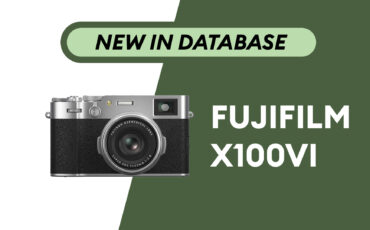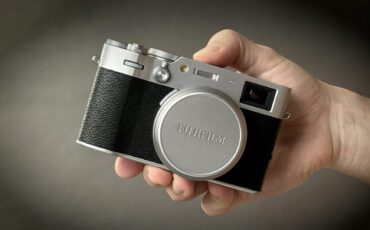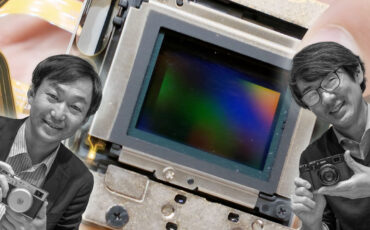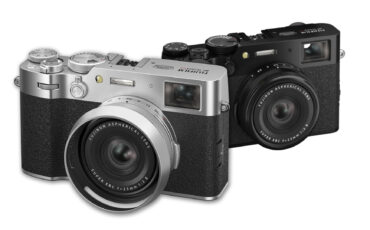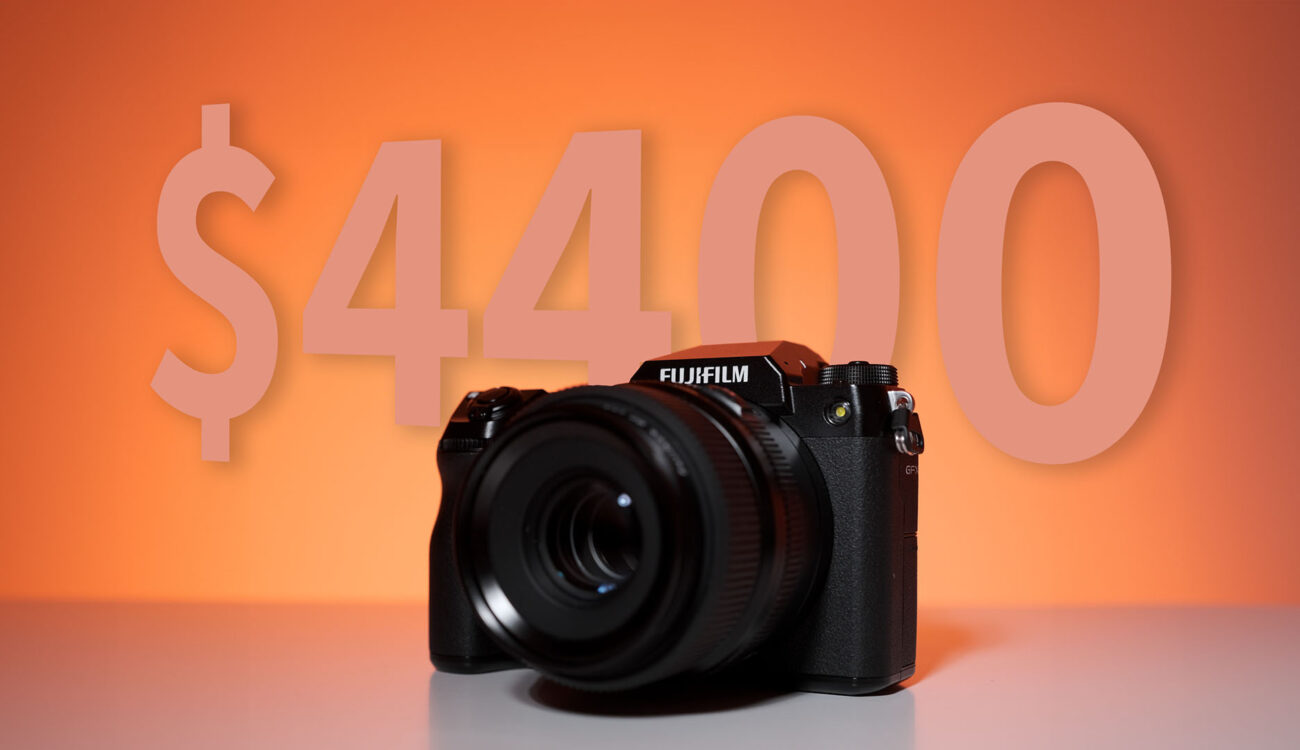
FUJIFILM has recently launched a $1600 discount on their successful GFX 100s medium format (44x33mm) camera. This brings the price down to $4,400 for a 100-megapixel medium format camera. For someone who’s been around since the early days of the digital revolution, such a low price on such a magnificent sensor is mindblowing. But if that’s a surprise to you, you weren’t paying attention to what FUJIFILM and others have been doing for the last few years. Let’s dive in!
“Medium Format” and “Accessible” are two terms rarely found in the same sentence. Digital medium format picked up where analog medium format ended. Most initial entries were digital backs. Various sensor sizes and formats were mounted onto cumbersome electronic backs, then mounted to analog medium format cameras. This method enabled a relatively smooth systematic transition, and also a hybrid operation with digital backs working as indicators while the film was used for the higher-quality end result. But it had some significant issues.
Modular mayhem
Early digital backs required significant electronic prowess, not always within reach of film camera manufacturers. Various electronic companies entered the market, creating digital backs with various levels of compatibility. Such were Leaf, Imacon, and Phase One with the latter still leading the high-end segment of this market today.
This practice brought about some compatibility challenges. In these early eons, compact storage media couldn’t support massive file sizes. Many digital backs didn’t even bother with memory cards and were limited to either tethering or storage magazines. This meant one set of batteries for the camera, another type for the back, and an additional one for the magazine. Furthermore, many medium format cameras didn’t have any electronic connections to sync to the back and sensor, requiring additional cables.
These traits, originally made for seamless integration, made medium format photography extremely cumbersome, unwieldy, and expensive. The change started in 2010.
Pentax unionizes the format
Most if not all medium format manufacturers moved towards more unified, proprietary systems, but it was Pentax who introduced the world to the first unified body, medium format camera. Utilizing their vast experience with both analog medium format cameras as well as digital SLRs, the company created the Pentax 645D.
A long-time innovator in the analog medium format days, the company has implemented various technologies into the format. Coming from 35mm cameras, some of those were considered “Hobbyist” or “Amateur”. These functions included smart light metering, advanced autofocus, etc.
Pentax did just the same with the 645D – the company didn’t refer to it as a “medium format” camera, disregarding the fuss and technical snobbism, thus blurring the line between medium format and 35mm/full frame. Oh, and Pentax also slashed the price with the first $10K medium format digital camera ever.
Filmmaking for Photographers
Blurring boundaries
A distinct line is drawn between the Pentax 645D to the FUJIFILM GFX 100s. Both cameras shamelessly take advantage of every available technology and feature, utterly disregarding its “amateur” reputation. Both come from manufacturers deeply invested in APS-C cameras. Both come from relatively small manufacturers with a strong reputation for innovation in some unexpected ways. There have been many evolutionary changes since 2010. Pentax debuted the use of CMOS sensors in medium-format cameras with the 645Z. This brought extreme ISO settings for the first time with medium format, high dynamic range, and basic video capabilities. The camera was widely adopted (in medium format standards) and even caught the eye of some known cinematographers.
FUJIFILM carried the format into the mirrorless age, later followed by Hasselblad. The GFX 50S and the GFX 50R introduced a new level of “handhold ability”, being just slightly larger than professional DSLRs. The GFX100 was arguably the first medium format camera designed with professional videography in mind.
Though earlier cameras included video capabilities, I’ll argue that it was more of an afterthought than a design choice. The GFX 100s also incorporated the first mirrorless phase-detect autofocus system, including scene recognition and subject tracking. But none of those innovations was as important as the core conceptual shift that started with the Pentax 645D and peaked with the FUJIFILM GFX 100s. The concept of medium format cameras is a natural evolution of high-end full-frame cameras rather than a separate segment.
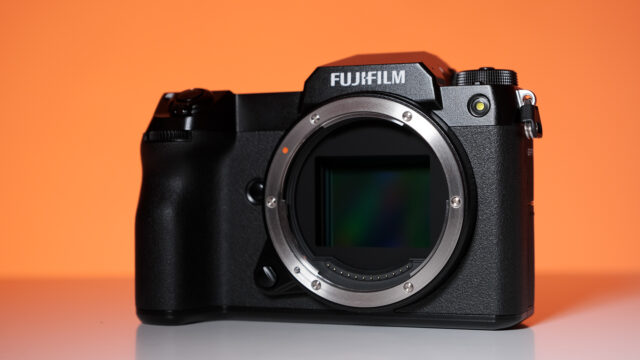
The final frontier
The FUJIFILM GFX 100s wasn’t the first to offer over a 100-megapixel sensor, nor was it the first 4K 10-bit capable medium format camera. We even had stabilized 44×33 sensors, phase detect autofocus, compact unified camera body, and more in other medium format cameras. But the GFX 100s was the first at one significant front – Price. As of its debut, the camera’s price aligned with high-end full-framers. The Sony A1, announced in the same week as the GFX 100s, was actually $500 more expensive at $6,500. Up until this point, medium-format cameras were somewhat excluded from the mainstream market. Even when priced around $10K, one would have to use the uniqueness trump card to justify the purchase. The same justification applies to other unique gear such as Leica M cameras, analog filmmaking, large format photography, vintage lenses, etc. When prices align, a fundamental segmentation shift occurs, and that’s the story of the landmark FUJIFILM GFX 100s.
The final chapter for the GFX 100s?
Announced in January 2021, it seems that a GFX 100s replacement is due soon enough. This, and the $7,500 GFX 100 II may be the possible motivations behind the current $1600 price drop.
With its new $4,400 price tag, the GFX 100s assumes an extremely competitive position among high-resolution cameras. The likes of the Sony A7R V, Nikon Z 8, Canon EOS R5, or the Leica SL3 may out-perform it in terms of agility, burst speed, and autofocus, but all falls short when it comes to their defining feature – still image quality. The 44x33mm 102-megapixel BSI CMOS sensor is still untouched in terms of resolution, offering significantly higher image quality compared to its full-frame peers. Unlike medium format cameras of old, this comes with just a minimal toll regarding speed and operability. The FUJIFILM GFX 100s is fast enough for various genres. It boasts incredible high ISO performance, can track faces and eyes with adequate accuracy for portrait or event photography, and offers decent 4K 10-bit recording. I personally use it for my high-res landscapes, museum-level reproductions, architecture, family, and occasional wedding photography. And is also my choice for YouTube videos.
No longer niche
Like some of its forebears, the GFX 100s is a landmark camera – another step in the long journey medium format has made it into the mainstream market. While still rather unique regarding still image quality, this camera is a true representative of the hybridization and democratization evolution. While the GFX 100 II is not its direct predecessor, this camera also walks the path, and so I assume the next generation will. We’ll have to wait and see if those will be as influential as the GFX 100s, which is now available for an amazingly affordable price.
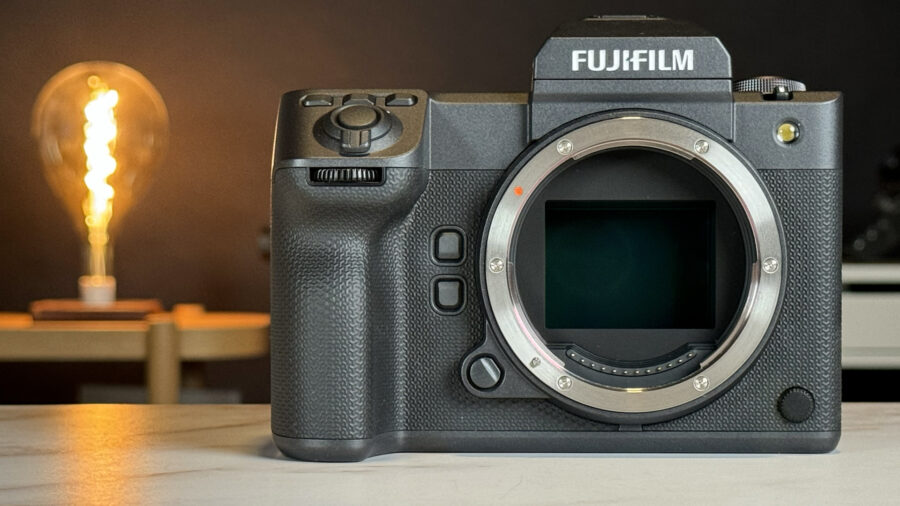
Price and availability
The FUJIFILM GFX 100s is now available for no more than $4,399 in the USA and various similar offers across Europe. We can’t be too sure as to the duration of this sale. My guess is that it will continue until stocks deplete, but I have nothing but my common sense to base it on.
Will you consider this high-end stills camera for your work or play? Do the basic but good video specs satisfy you? Let us know in the comments.



